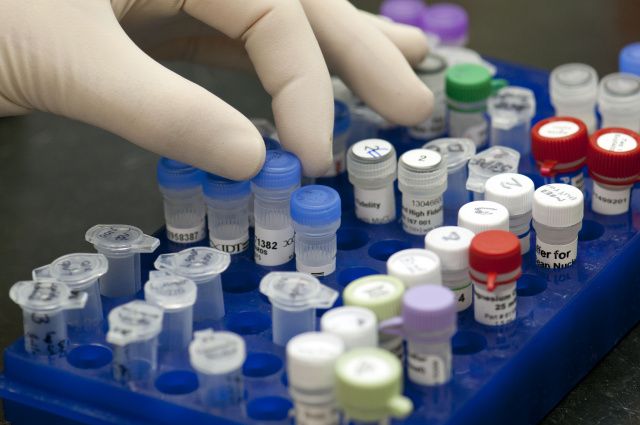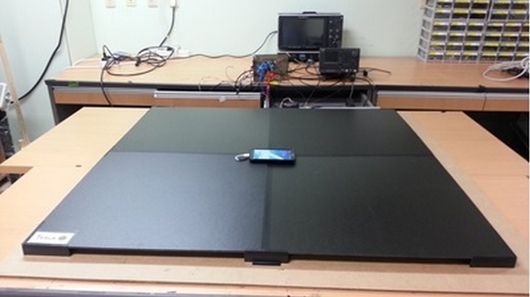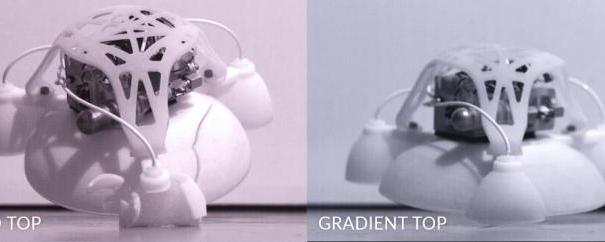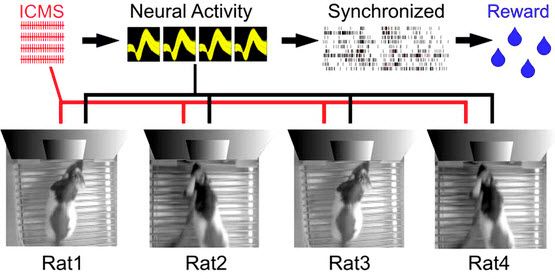Jul 12, 2015
Some new ideas for fixing science — Cathleen O’Grady | Ars Technica
Posted by Seb in category: science

“It’s much easier to replicate experiments and catch fraud if you have access to the original data. Some journals currently reward researchers for sharing the data that they used in an experiment. In the highest level of this new framework, data sharing would not only become compulsory, but independent analysts would conduct the same tests on it as those reported by the researchers, to see whether they get the same results.” Read more
















